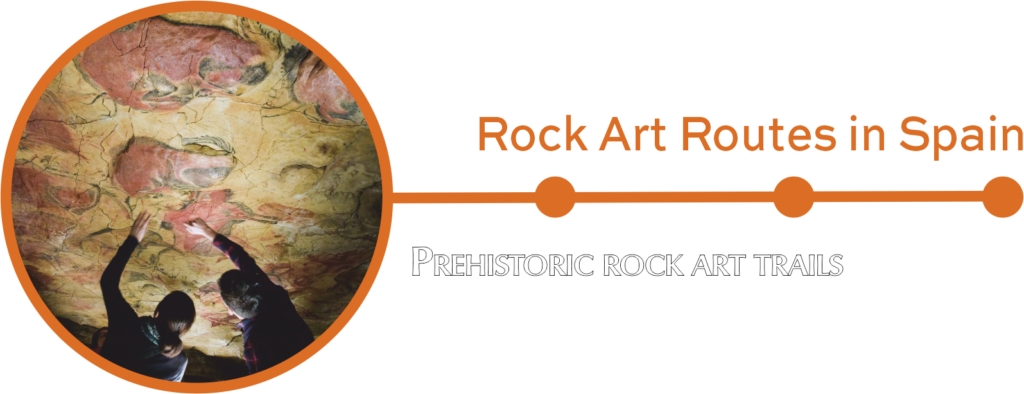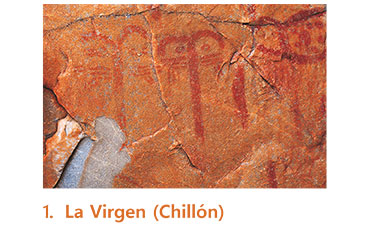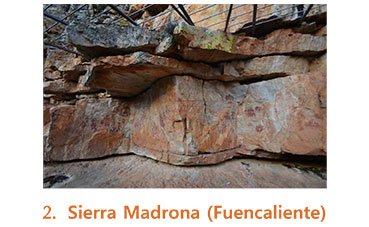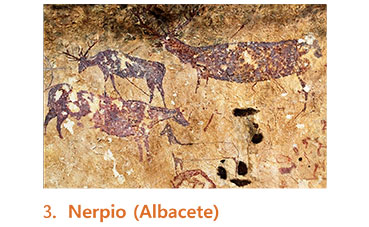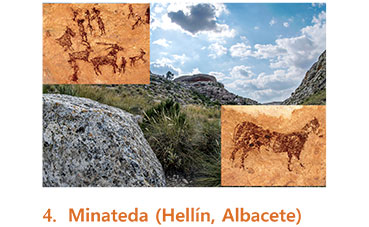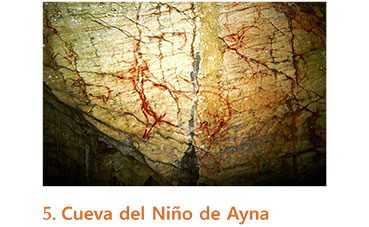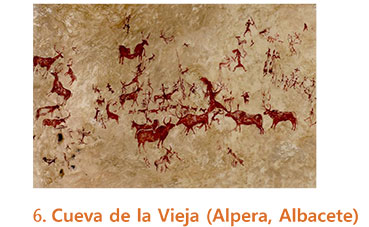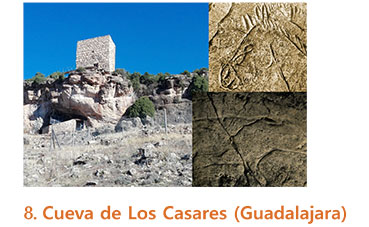The mountain ranges that border the south and east of Castilla La Mancha are home to a wide network of rock art sites of enormous archaeological and artistic value, as evidenced by their declaration as UNESCO World Heritage Sites, as part of the Rock art of the Mediterranean Arc of the Iberian Peninsula (ARAMPI). A journey through the provinces of Ciudad Real, Albacete and Cuenca (with a foray into Guadalajara to see the Los Casares cave), will allow us to discover exceptional sites set in landscapes of enormous beauty and extraordinary environmental value, many of which barely bear human traces. This makes it easy to contemplate the rock art of the last hunters and the first peasants of prehistoric times in their original natural settings.
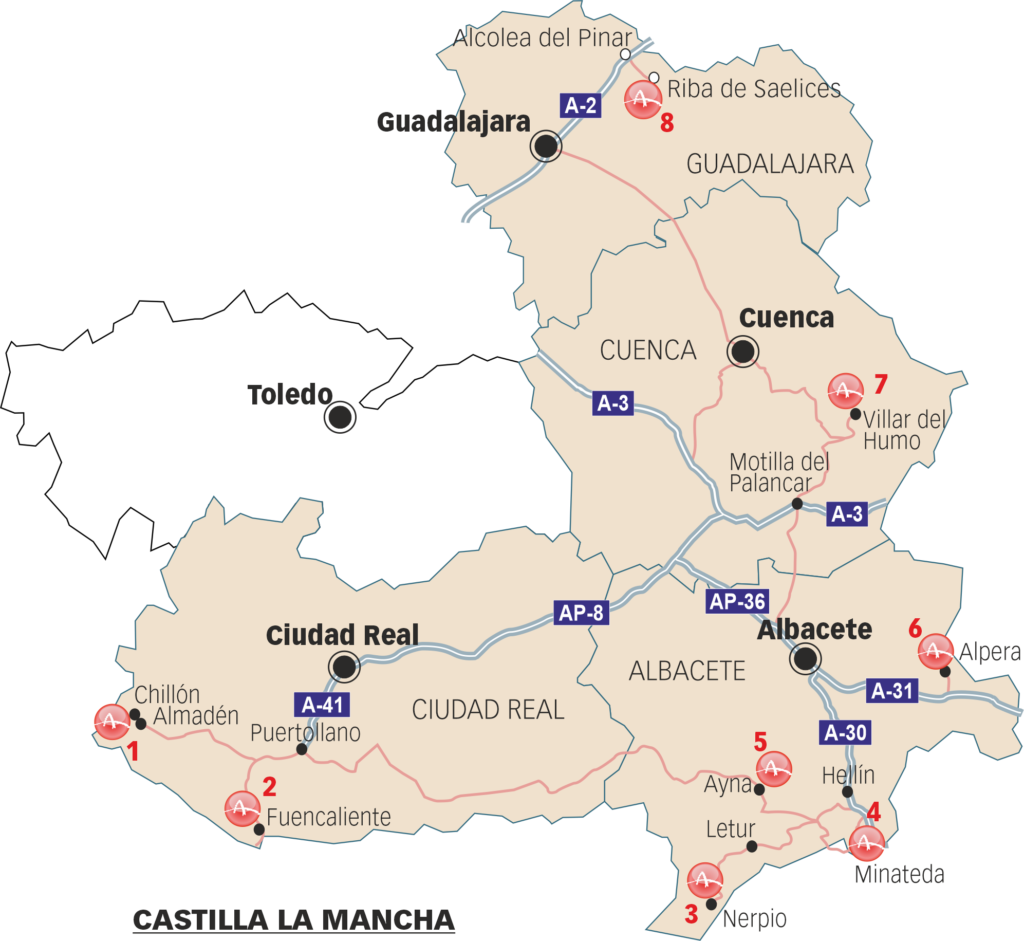
Sites that can be visited: CIUDAD REAL: 1-2. Abrigos de las Sierras de la Virgen del Castillo y Cordoneros (Almadén-Chillón); 3. Abrigos del Valle de Alcudia–Sierra Madrona (Fuencaliente). ALBACETE: 4. Parque Museo Natural de Nerpio; 5-6. Abrigos de Hellín – Minateda y Letur– ; 7.Cueva del Niño de Ayna; 8. Abrigos de Alpera -Cueva de La Vieja-. CUENCA: 9. Parque Cultural de Villar del Humo. GUADALAJARA: 10. Cueva de Los Casares.
Not to be missed: The large enclaves with Levantine paintings at Abrigo Grande de Minateda, Solana de las Covachas de Nerpio, Cueva de la Vieja de Alpera and the Villar del Humo complex, all of which have been declared UNESCO World Heritage Sites.
How to get there: This long route, designed for one week, covers the south and east of the region, from Almadén (Ciudad Real) to the province of Cuenca, passing through the towns of Chillón and Fuencaliente (Ciudad Real), Nerpio. Hellín, Letur, Minateda, Ayna and Alpera (in the province of Albacete), to reach the small town of Villar del Humo in Cuenca. Optionally, you can reach the Palaeolithic cave of Los Casares (in Guadalajara).

